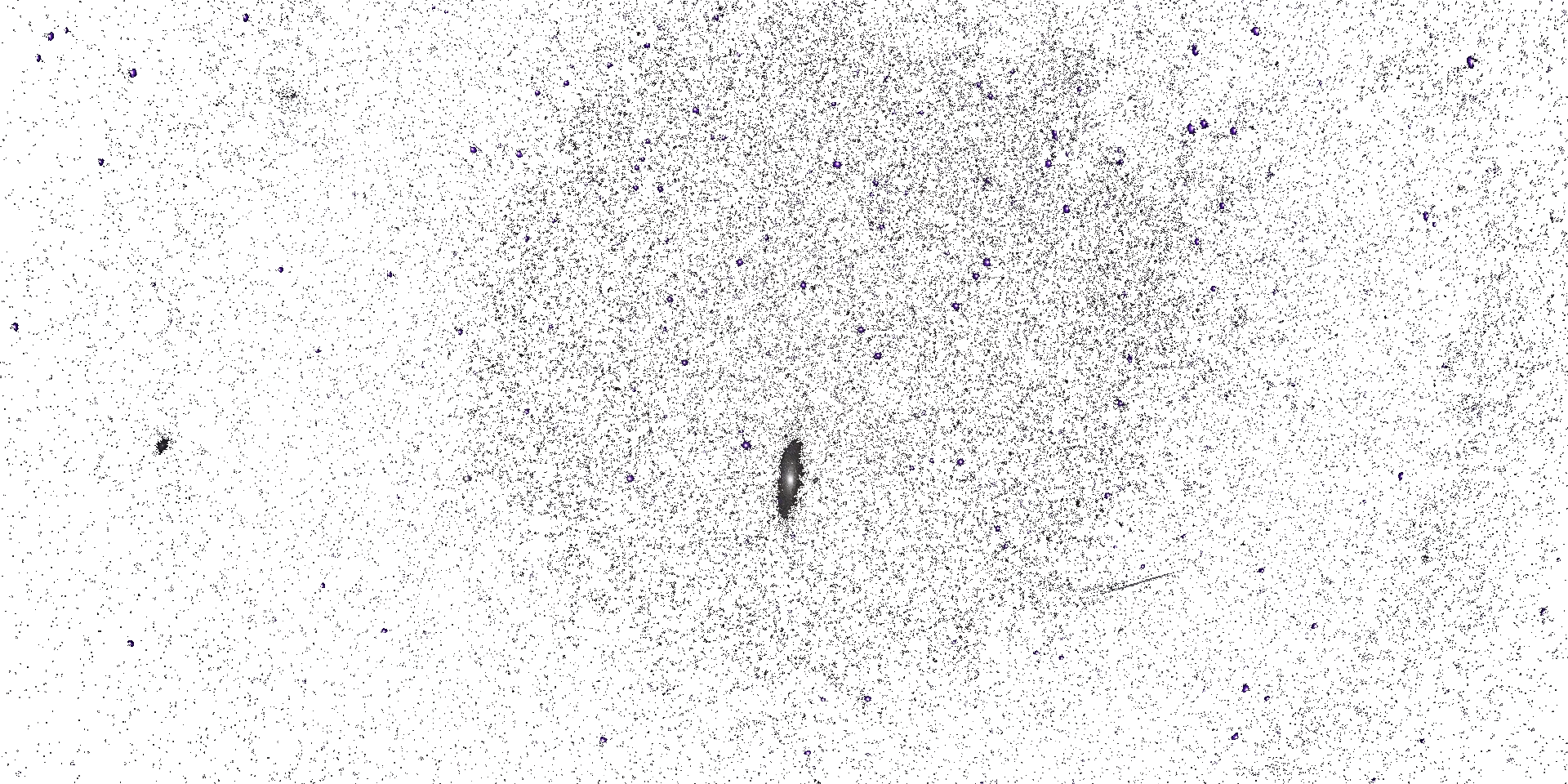




Space Climate 8 Meeting Abstract
EPP effect on on stratospheric composition, dynamics and surface climate.
Monika Ewa Szelag (Finnish Meteorological Institute)
In recent years, a significant amount of scientific interest has been directed towards understanding the influence of energetic particle precipitation (EPP) on regional climate variability. EPP research has for the most part focused on understanding the full chemical effects in the atmosphere. These effects are now reasonably well established. In the polar regions, the EPP leads to net production of reactive odd hydrogen (HOx) and odd nitrogen (NOx). Both can significantly deplete ozone, which plays essential role in the radiative balance and atmospheric circulation. Through modulation of ozone in the middle atmosphere, EPP may play an important role in adjusting the middle atmosphere temperature and dynamics over decadal time scales, and could be connected to regional climate variability in the polar regions. Several coupling mechanism has been proposed, however, the full details of the timing, and linkage between chemical impacts in the stratosphere and tropospheric variability remain under investigation.
This is an overview of the current knowledge and understanding of the connection between Sun in the form of energetic particles and Earth’s atmosphere, and its potential consequences for atmospheric chemistry, dynamics and regional climate variability.
